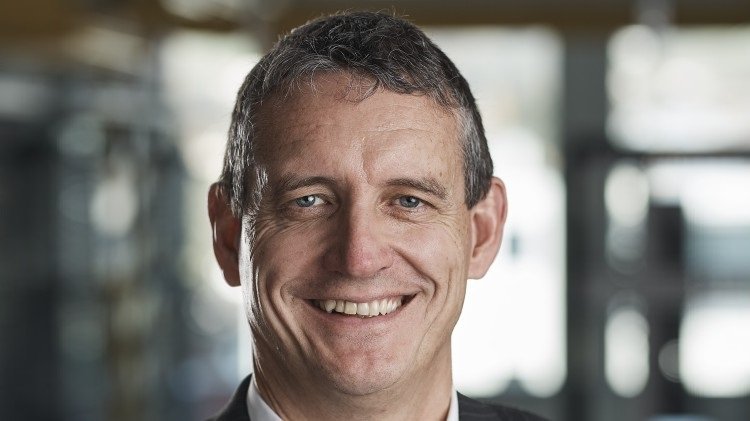Andreas Ruesseler, CMO at R&M, predicts the future of data centers through 2021.

As data centers are on steadily their way to 400G, there is a need for even more fiber, making Ultra-High-Density solutions are pressing requirement for the modern data center. Through 2021, we can expect data center management teams looking to focus on more efficient means of infrastructure management while exploring the use of Artificial Intelligence (AI) and hybrid solutions.
Prioritizing Operational Efficiency
In the data center segment, data growth is boosting demand for efficiencies in the areas of energy management and operational efficiencies. Migration to 100, 200, and 400 Gbit/s will continue. This promoted the need for more cabling, Ultra-High-Density solutions, and Data Center Infrastructure Management (DCIM) to optimize capacity and space usage.
Future steps include intuitive user interfaces and the use of Artificial Intelligence (AI) to keep infrastructure manageable. The trend towards using more fiber is increasing, with 40 and 100 Gbit/s requiring eight fibers in parallel pairs and higher speeds requiring 16 or 32 pairs. Highly flexible two-layer leaf-spine architectures are replacing traditional three-tier architecture to avoid congestion, reduce latencies, and support high availability.
Simultaneously, we see enterprise data centers increasingly moving into the cloud. This is bringing new demand and complexity in areas including security, rollout speeds, monitoring, data availability, expertise, planning reliability, and customization.
Growing Hyperscale Investments
Globally, hyperscale data centers are on the rise, with unprecedented investments by big industry players. According to Cisco, Apple, Amazon, Microsoft, and Facebook are investing $120 billion in building and expanding data centers. ResearchAndMarkets predicts that the Data Center construction market will growth with a CAGR of almost 9% between 2019 and 2023.
It’s also worth noting that the colocation market shrunk slightly during the pandemic and this was partly due to the oversupply of colocation space.
Hybrid Solutions – a Way Forward
We are also seeing increasing use of hybrid solutions. These require highly compact distribution technology, including monitoring and management software. In parallel, there is a trend towards integrated DC solutions including racks, power cooling, monitoring, cabling.
Edge DCs supporting low latency applications are still increasingly being rolled out. These are frequently used to bring often-referenced content such as streaming content and cloud applications closer to users. In the same way, they are needed in the fast-growing cell tower backhaul market where they will play a key role in closing the circle with 5G and vice-versa.
Shared Expertise
Dealing with these developments and finding the best possible solution for an organization’s specific challenges and business goals will becoming increasingly complex. For manufacturers and developers, it is therefore vital to share expertise and engage in a dialogue with different target audiences. After all, in an era of rapid digital transformation and accelerated innovation, there’s no single ‘one size fits all’ solution.











